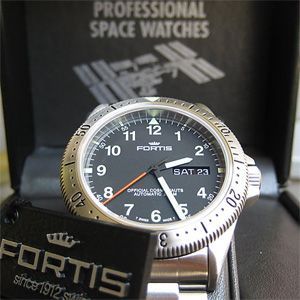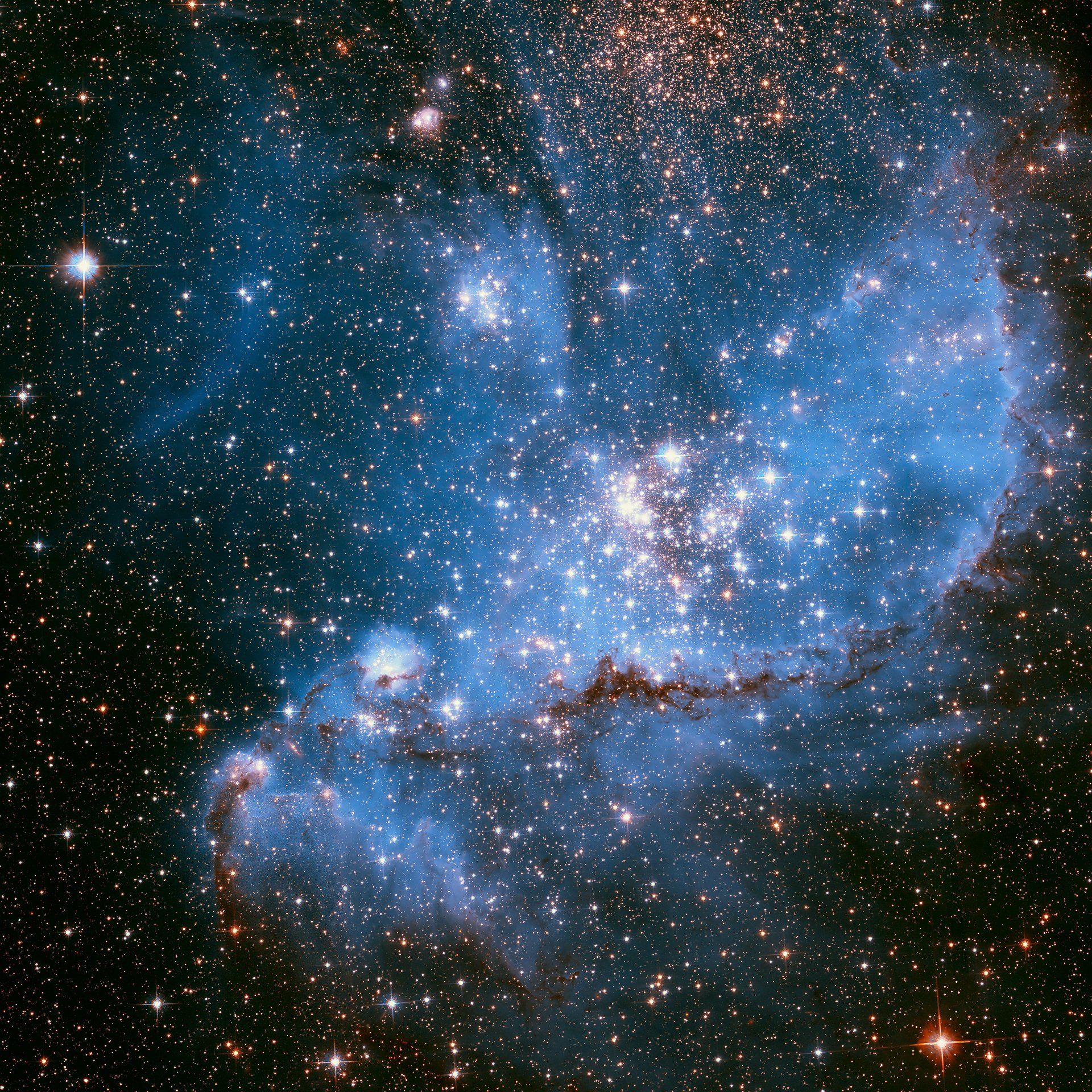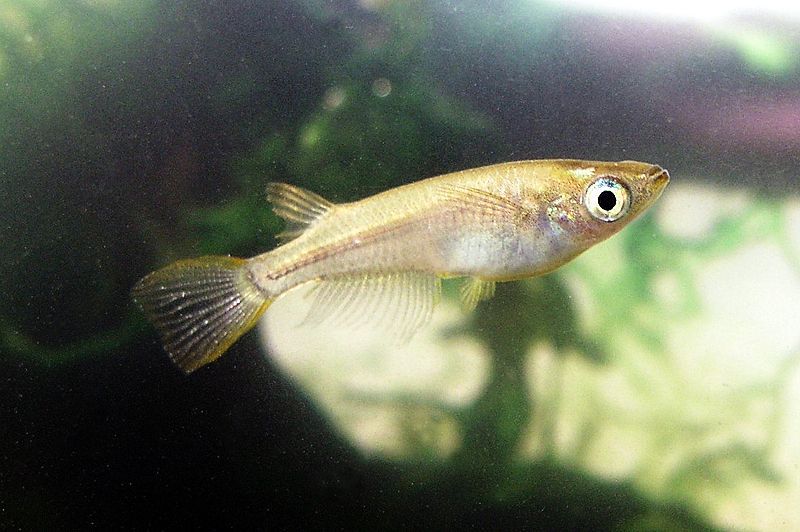What Watches Do Astronauts Use?
What watches do Astronauts wear?
From the earliest days of space exploration, there has been a strong association between astronauts and watches in the public's imagination. The captivating and highly technical environment of space missions, filled with gadgetry and meticulous specifications, has elevated the allure of the timepieces worn by astronauts. Both space enthusiasts and watch aficionados aspire to possess an authentic "astronaut watch," inspired by the excitement of space exploration. These watches often boast high specifications and exceptional quality, with manufacturers proudly referencing and glamorising their use in space through marketing materials.
While the Omega Speedmaster, famously worn by Buzz Aldrin during the Apollo 11 moon mission, remains the most renowned, numerous other watches have also accompanied astronauts on their space missions.
What was the first watch worn in space?
On June 12, 1965, Cosmonaut Alexi Leonov made history by becoming the first astronaut to venture into space during a spacewalk. What made this moment even more remarkable was that he accomplished this feat while wearing the Strela watch, a timepiece that would go on to become an integral part of many cosmonauts' missions.
The Strela watch was a mechanical two-register chronograph with a 45-minute totalizer and a continuously running second hand. Remarkably, it was the first watch ever worn in open space, outside the confines of a spacecraft. Branded as Poljot, Sekonda, or simply Strela, this watch came in various designs and face colours. It is believed that Leonov donned a white-faced Strela during his historic spacewalk.
Originally issued to Russian pilots in the 1950s, the Strela became the go-to watch for cosmonauts for an impressive two-decade period, until its retirement in 1979. Its significance in space missions earned it the nickname "the Russian Speedmaster," solidifying its place in the records of space exploration history.

What Watches Have Been Worn in Space?
Omega Speedmaster - The Moon Watch
During NASA's testing for suitable watches in space, the Omega Speedmaster emerged as one of the contenders. Initially, NASA presumed that an automatic watch would not wind itself in the weightlessness of space, although automatic chronograph watches wouldn't be available for mass-production until 1969.
Surpassing all expectations, the Speedmaster was the sole watch that successfully passed the rigorous tests, proving its durability under various challenging conditions like extreme heat, cold, fog, shock, water, and other demanding trials.
The Apollo astronauts proudly wore Speedmasters during their missions. In the critical Apollo 13 mission, after a catastrophic explosion en route to the moon, the crew relied on a Speedmaster to time a vital engine burn that steered them safely back home.
In the 1970s, the Speedmaster earned re-certification from NASA, making it eligible for Space Shuttle missions. Remarkably, it remains the only watch certified by NASA for spacewalks, solidifying its position as an essential timekeeping tool for astronauts exploring the cosmos.

Omega continues to promote the legendary Speedmaster as the iconic "moon watch," and the space theme remains prominent in various print advertisements and jewellery store displays. Over the years, Omega has released numerous special editions to commemorate significant missions and anniversaries, with the most recent being an Apollo 11 40th-anniversary edition, celebrating the historic lunar landing. The enduring allure of the Speedmaster as a symbol of space exploration is evident in its continued presence and popularity among enthusiasts and watch collectors worldwide.

Breitling Navitimer
After being chosen as one of the first seven Mercury Astronauts by NASA, Scott Carpenter reached out to Breitling with a unique proposal. He suggested the development of a 24-hour Navitimer model, and Breitling obliged, creating the timepiece as per his specifications. When Carpenter embarked on his Mercury 7 mission, he proudly wore this specially crafted watch.
Breitling extensively promoted the watch's association with space in their advertising campaigns. However, they chose not to disclose a particular incident where the non-waterproof watch sustained damage when it was submerged in seawater during Carpenter's recovery from the spacecraft.

Fortis Official Cosmonauts space watch
In 1994, following two years of meticulous testing and preparation by the Yuri Gagarin Russian State Scientific-Research Test Center of Cosmonauts Training in Star City, Fortis watches were officially designated as the authorized timepieces for cosmonauts.
The Fortis watch made its debut with the EUROMIR I crew, becoming the first watch of choice for space missions. Since then, FORTIS Sets have been ceremoniously presented to all Russian cosmonauts affiliated with the Gagarin Center.
These exceptional watches have proven their reliability in space flights and have even accompanied cosmonauts during extravehicular activities, solidifying their reputation as reliable companions in the challenging environment of outer space.

Sinn 142
Astronauts frequently opt to bring a second watch of their own choice to wear during their space missions. Among their personal timepiece choices, the Sinn 142 chronograph has been favoured by many astronauts and worn on numerous spaceflights. A recent reissue of the watch is pictured.
The Sinn 142 chronograph made its inaugural journey to space aboard the Space Shuttle Challenger mission in 1985, marking the beginning of its esteemed association with space exploration.

Bulova Astronaut
Although named "astronaut," this particular Bulova watch model never received NASA's official approval. American-made Bulova watches underwent testing by NASA for potential use in space, but unfortunately, they did not meet the space agency's rigorous criteria. However, despite lacking the official seal of approval, this watch model gained popularity among off-duty astronauts.
Interestingly, on at least one Gemini mission, an astronaut chose to wear this Bulova watch alongside the officially issued Omega Speedmaster, showcasing their preference for this timepiece during their space journey.

Omega Speedmaster X-33
The Speedmaster X-33 emerged as a collaborative project between Omega and NASA, aiming to modernize the concept of space watches. This quartz timepiece introduced enhanced accuracy and intricate timing functions. Although its technological advancements were noteworthy, the watch did not achieve significant sales success, leading to its eventual discontinuation.
Despite its commercial challenges, the Speedmaster X-33 found favor among astronauts and has been worn numerous times during space missions, showcasing its reliability and capability in the demanding conditions of outer space.

Fiyta
The Fiyta
watch, proudly Chinese-made, adorned the wrist of Tyconaut Lt. Col. Yang Li Wei during China's inaugural space mission. This timepiece, crafted in China, currently remains exclusively available within the country's borders, showcasing its national significance and connection to the historic space journey led by Lt. Col. Yang Li Wei.

Seiko 6139
The Seiko 6139 automatic chronograph holds the distinction of being regarded as the first automatic (self-winding) watch worn in space. In 1973, during an eighty-four-day Skylab mission, astronaut William Pogue proudly wore this groundbreaking timepiece, marking a significant milestone in the history of horology and space exploration.

Sturmanskie
During Gagarin's momentous inaugural spaceflight, he donned a mechanical Sturmanskie watch. This particular timepiece was commonly issued to fresh graduates of the esteemed Orenburg Flight School, further exemplifying its significance and connection to the historic event of Gagarin's journey to space.

© Copyright 2021 Space-facts.co.uk
View our other facts sites: www.animal-facts.co.uk










